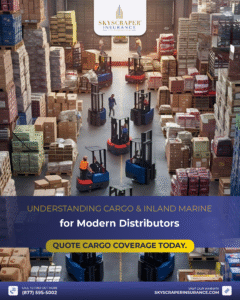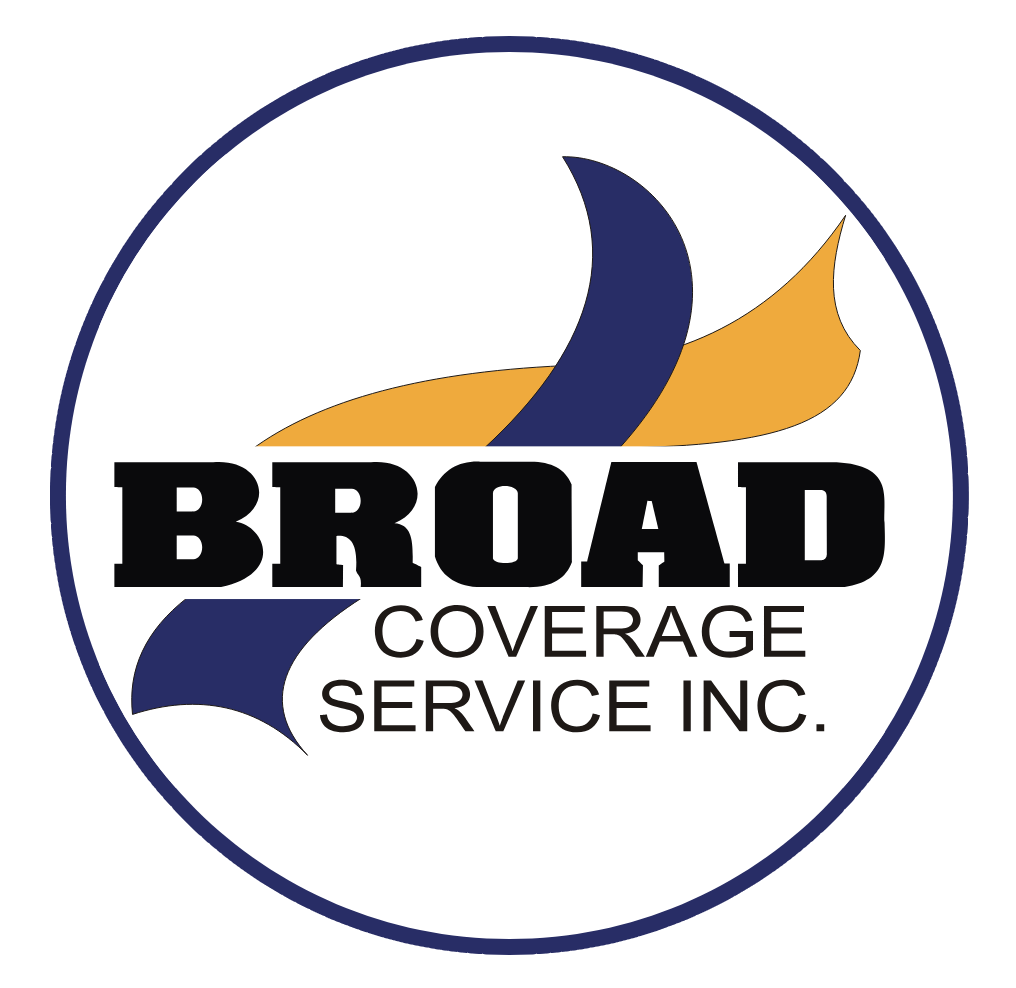These steps can cut down on claims and keep both buildings and people safe during the long winter months.
Any organization that wants to avoid significant insurance claims during the winter needs to start preparing during the fall. Steps can be taken now to keep both buildings and people safe during the long winter months.
Here’s a rundown of some problems organizations are most likely to encounter during the winter, and how they can prevent them.
Protect pipes from freezing
Even buildings located in areas that see relatively mild winters run the risk of frozen pipes. Cold spells can put pipes in danger of freezing, particularly in uninsulated or unheated areas. Here are some important preventive measures:
- Set your interior thermostat no lower than 55 degrees Fahrenheit, even if no one will be occupying your building for an extended period of time.
- Insulate pipes, wrapping ones that are in especially cold parts of the building.
- Consider shutting off the water line when heat to the building is lost or if you are leaving the building for a long period of time.
- Insulate areas such as the attic, crawl spaces and between wall partitions.
- Use a sensor program that sends an alert when it detects excess water in an area or a significant drop in indoor temperature. This alert will afford your maintenance staff time to respond and prevent damage from occurring. During Winter Storm Elliott, Church Mutual claims from customers without a sensor program were approximately 50% higher than those who had sensors.
Monitor sidewalks and parking lots
Of course, most of the work involved with keeping sidewalks and parking lots clear doesn’t occur until after the first snow or during icy conditions. But organizations can plan now for those situations by doing the following:
- Establish a process for clearing ice and snow. They should have either members of their own organization or an outside company on call when there is snowfall. If people are in the building during the snowfall, the on-call company should be coming at regular intervals.
- Acquire bags of salt or sand. They can put these by the doors now so everyone has the tools needed to de-ice the sidewalks or parking lot at a moment’s notice.
- Educate maintenance staff about the areas to clear. This should include all areas where people travel such as sidewalks and the parking lot. Keep alert to excessive snow accumulations on the roof. Clogged roof gutters can result in water or slush dripping down on the sidewalk below and re-freezing.
Prepare vehicles
It is especially important for organizations to winterize their vehicles now — before cold temperatures and icy conditions cause unnecessary expenses. They can do this by:
- Testing the battery. When the weather becomes colder, batteries are more likely to fail, so test it to be sure it is functioning at full capacity.
- Make sure the rear-window defroster is working. Many people focus on the front windows, but it is just as important to be able to see out of the back windows. The rear-window defroster also isn’t used as much during the summer, so it may have fallen into disrepair.
- Use the right engine oil. Oil thickens as the temperature drops, which makes it harder for the engine to run smoothly. All organizations that operate vehicles should check the owner’s manual to learn which oil to use in cold weather.
- Change windshield wiper fluid. When temperatures become very cold, motorists run the danger of having wiper fluid freeze. Change to a fluid that can withstand subzero temperatures, and regularly check windshield wipers to ensure they are free of cracks and tears.
- Keep an eye on the gas tank. Gas tanks are more likely to freeze when they are nearly empty, so organizations should make sure the gas tank is always at least half full.
- Maintain tire pressure. Even a small change in temperature can affect tire pressure. Organizations should check pressure regularly so vehicles can maintain optimal grip and performance.
As the old saying goes, an ounce of prevention is worth a pound of cure. Taking steps now can prevent major problems this winter.









